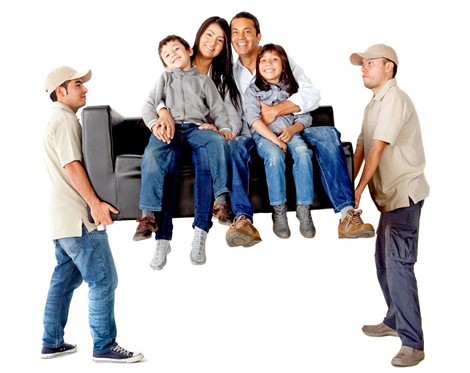Moving can sure be a tough task for all of us. You need to take care of packing, finding transport, someone to help you load and unload and much more. That's why we've put together this list of moving tips and tricks that will provide you with the most helpful moving tips and hacks to help make your move as smooth as possible.
Of course, you won't have to worry about most of these if you have the experts at Upline Moving take care of the move for you!
Looking for advice on how better to pack your belongings, how to load a truck, what to do during the moving day and after you’ve moved in?
Moving Tips and Tricks Part I: Packing
1. Make box handles. Use a knife to cut the handholds in the sides of the boxes. It will be easier to pick up or lift the heavy ones. 2. Make use of soft items. Put pillows, blankets, sheets, stuffed animals and other soft items into plastic bags (you can use trash bags). Use these bags as a padding for fragile objects. The bags can also act as a space filler.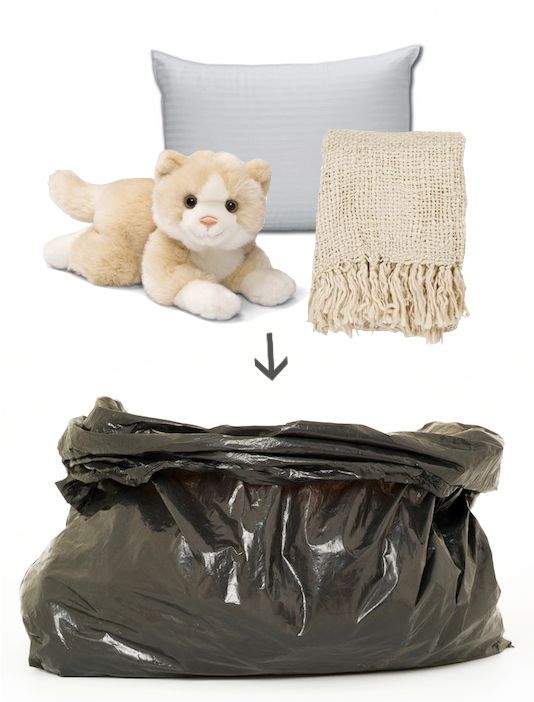 3. Use suitcases on wheels. Put books or any other bulky items in suitcases on wheels. This way you won't have to pick them up, but just roll them instead. 4. Have your hanging clothes in bags. It has some advantages. You won't have to take the clothes on and off the hangers. You'll keep them in the same order as they were in the closet. And the clothes will be safe during the transportation. 5. Save your plates. Put foam plates in between your glass and ceramic plates. This way, you'll keep them from chipping and breaking. 6. Take advantage of plastic wrap. You can use plastic wrap to keep the items in the drawers. They'll stay shut, and you won't have to empty them. 7. Paper bags to save the glasses. Paper bags will do the perfect job of keeping glass cups and bowls from breaking during the process of moving. Paper bags are also better than newspapers because they won't leave ink traces.Paper bags will do the perfect job of keeping glass cups and bowls from breaking during the process of moving. Paper bags are also better than newspapers because they won't leave ink traces.
3. Use suitcases on wheels. Put books or any other bulky items in suitcases on wheels. This way you won't have to pick them up, but just roll them instead. 4. Have your hanging clothes in bags. It has some advantages. You won't have to take the clothes on and off the hangers. You'll keep them in the same order as they were in the closet. And the clothes will be safe during the transportation. 5. Save your plates. Put foam plates in between your glass and ceramic plates. This way, you'll keep them from chipping and breaking. 6. Take advantage of plastic wrap. You can use plastic wrap to keep the items in the drawers. They'll stay shut, and you won't have to empty them. 7. Paper bags to save the glasses. Paper bags will do the perfect job of keeping glass cups and bowls from breaking during the process of moving. Paper bags are also better than newspapers because they won't leave ink traces.Paper bags will do the perfect job of keeping glass cups and bowls from breaking during the process of moving. Paper bags are also better than newspapers because they won't leave ink traces. 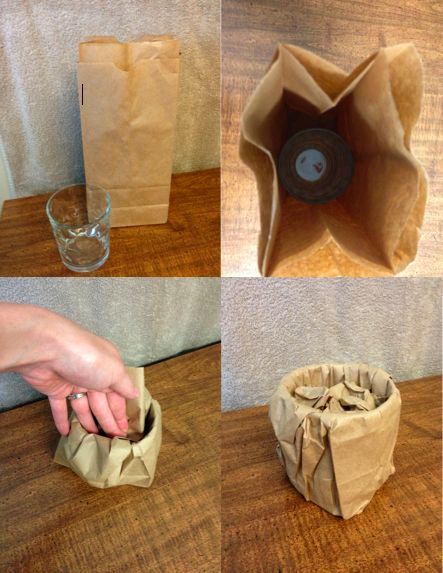 8. Wine cases for glassware. Another great way to protect vases, cups and glasses are to put them all in wine box cases. 9. Keep the mattresses clean. If you have old blankets and sheets lying around in the closet, make use of them. Wrap your mattresses with these sheets and blankets to keep them clean during transportation. 10. Pack your jewelry. The right way. To keep your jewelry from tangling or just in order not to lose them, use these tips. Connect all the necklaces through a toilet paper roll. This will prevent them from tangling. Store and protect smaller pieces of jewelry in egg cartons. 11. Use double boxes for valuable items. There's no such thing as too much protection. Double box all the valuable belongings (especially electronics) to keep them safe during the transportation. 12. Leave the light items in the drawers. There's no need to pack lightweight items. It's better to keep them in the drawers because they won't affect the process of moving in any way.
8. Wine cases for glassware. Another great way to protect vases, cups and glasses are to put them all in wine box cases. 9. Keep the mattresses clean. If you have old blankets and sheets lying around in the closet, make use of them. Wrap your mattresses with these sheets and blankets to keep them clean during transportation. 10. Pack your jewelry. The right way. To keep your jewelry from tangling or just in order not to lose them, use these tips. Connect all the necklaces through a toilet paper roll. This will prevent them from tangling. Store and protect smaller pieces of jewelry in egg cartons. 11. Use double boxes for valuable items. There's no such thing as too much protection. Double box all the valuable belongings (especially electronics) to keep them safe during the transportation. 12. Leave the light items in the drawers. There's no need to pack lightweight items. It's better to keep them in the drawers because they won't affect the process of moving in any way. 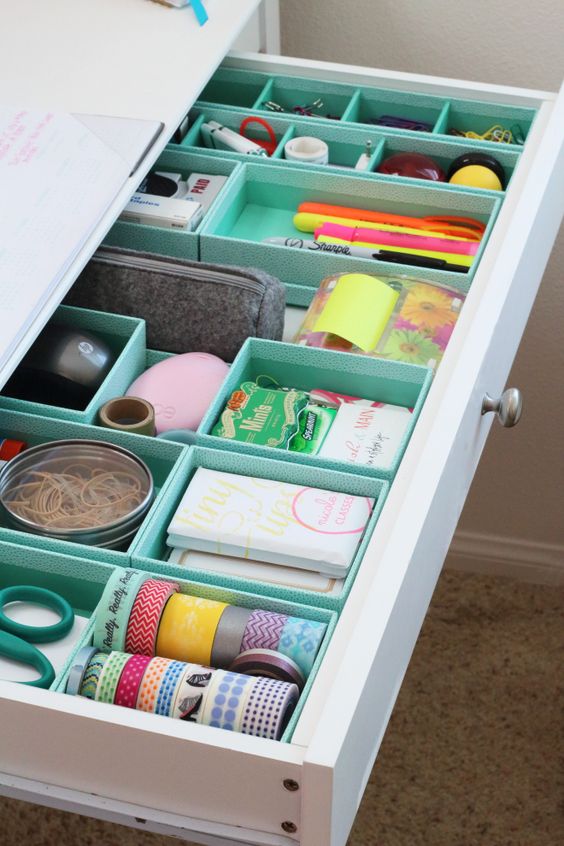 13. Towels for extra protection. If you have especially delicate or fragile items, better wrap them in towels. You can also fill the free space in boxes with towels. This will keep items from shifting or even breaking. 14. Use potholders. Potholders can serve as good packaging for knives. Place them in there and they won’t cut through anything during transportation. 15. Position your plates vertically. The lack of additional pressure and weight will prevent your plates from breaking, so be sure to pack them vertically. 16. Stack up. Put smaller items into larger ones. This way you’ll save some extra space. For instance, you can put little spices cans or bottles into a crockpot. 17. Find a good use for plastic bags. Plastic bags can do a much greater job than just lying around in your kitchen. Use them as extra padding when you pack your boxes.
13. Towels for extra protection. If you have especially delicate or fragile items, better wrap them in towels. You can also fill the free space in boxes with towels. This will keep items from shifting or even breaking. 14. Use potholders. Potholders can serve as good packaging for knives. Place them in there and they won’t cut through anything during transportation. 15. Position your plates vertically. The lack of additional pressure and weight will prevent your plates from breaking, so be sure to pack them vertically. 16. Stack up. Put smaller items into larger ones. This way you’ll save some extra space. For instance, you can put little spices cans or bottles into a crockpot. 17. Find a good use for plastic bags. Plastic bags can do a much greater job than just lying around in your kitchen. Use them as extra padding when you pack your boxes.  18. Another good use for toilet paper rolls. Empty toilet paper rolls can make managing cords a lot easier during the moving. Tuck them inside those rolls and you’ll keep them from tangling. 19. Label the cables. Labeling the cords before packing them into the box will make your life much easier when you unpack all your stuff. At least you won’t have to figure out which cord goes where. 20. Prevent the bottles from leaking. Take extra safety measures to prevent the bottles from leaking. Cover the openings with plastic wrapping before putting the lids back on. 21. Number the boxes. This will make it easier to keep track of all the stuff you’ve loaded. And you’ll prevent yourself from losing your belongings. Also, it can help you to decide what you need to unpack first. 22. Keep items from different rooms separate. This will make unpacking much easier and less stressful. And you’ll know exactly where you put particular items. 23. Keep the liquids in one box. Sure, we told you how to prevent the bottles from leaking. But you still need to be ready for everything. If you keep all the liquids in a separate box, you’ll be sure that nothing will soak if there’s a leakage. 24. Roll, not fold. When packing clothes, rolling them instead of folding will save you extra space. 25. Start with the hardest task. Begin packing the kitchen first. All the kitchen appliances and dishes are difficult to pack. So you’d better deal with that first.
18. Another good use for toilet paper rolls. Empty toilet paper rolls can make managing cords a lot easier during the moving. Tuck them inside those rolls and you’ll keep them from tangling. 19. Label the cables. Labeling the cords before packing them into the box will make your life much easier when you unpack all your stuff. At least you won’t have to figure out which cord goes where. 20. Prevent the bottles from leaking. Take extra safety measures to prevent the bottles from leaking. Cover the openings with plastic wrapping before putting the lids back on. 21. Number the boxes. This will make it easier to keep track of all the stuff you’ve loaded. And you’ll prevent yourself from losing your belongings. Also, it can help you to decide what you need to unpack first. 22. Keep items from different rooms separate. This will make unpacking much easier and less stressful. And you’ll know exactly where you put particular items. 23. Keep the liquids in one box. Sure, we told you how to prevent the bottles from leaking. But you still need to be ready for everything. If you keep all the liquids in a separate box, you’ll be sure that nothing will soak if there’s a leakage. 24. Roll, not fold. When packing clothes, rolling them instead of folding will save you extra space. 25. Start with the hardest task. Begin packing the kitchen first. All the kitchen appliances and dishes are difficult to pack. So you’d better deal with that first. 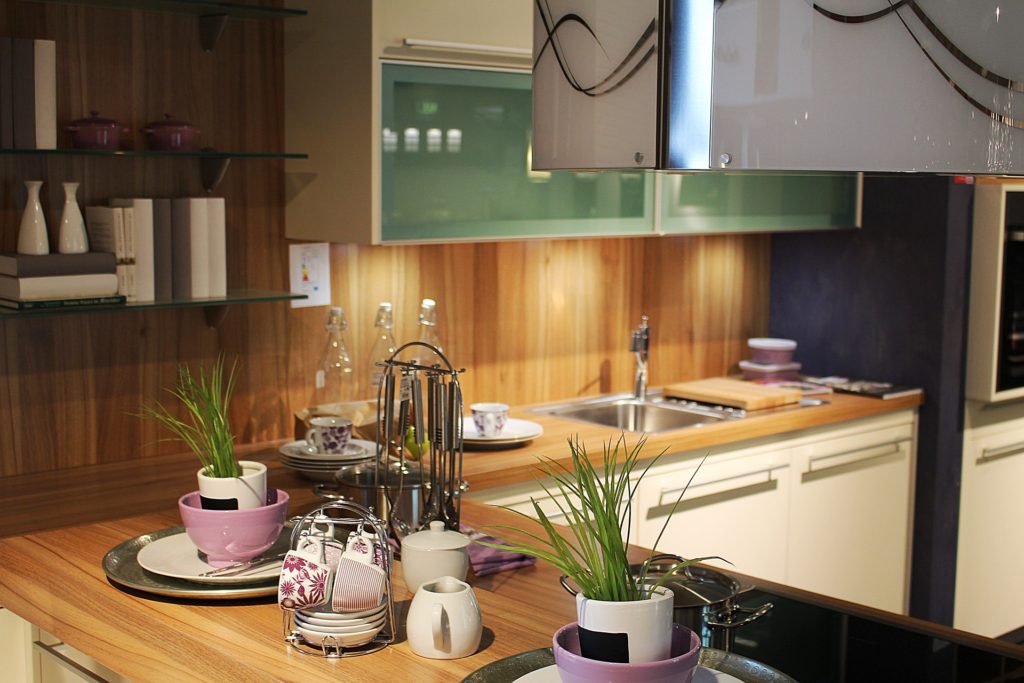 26. Take the opportunity. Moving and packing are a great chance to purge things you no longer use or clothes that don’t fit you anymore. You can throw those away or donate them. 27. Don’t overload the boxes. Keep the weight of the boxes below the 40 pounds mark. This way you’ll make it easier to carry them and load them into the truck. You can even use scales to control the weight. 28. Start packing earlier. It usually seems that there are fewer items. And in the end, it turns out that you lack time to pack everything. 29. Stay organized. Don’t try to pack everything at once. Try to pack one room at a time. You’ll be able to focus and keep the process under control. 30.Use the table. Instead of putting boxes for packing on the floor, put them on the table in a room you’re packing. This way it will be more efficient. 31. Tape the boxes firmly. Put tape on boxes along the seams where the flaps meet then form a cross by putting extra tape perpendicular to the center of the first one. 32. The original is the best. Try and find the original boxes for your electronics. The original boxes are the best packaging because they’re made particularly for the particular item. 33. Get everything you’ll need in one go. Sit and make the list of the things you’ll need for packaging. Then visit the hardware store and get everything on that list. Making a list makes sure that you won’t forget any items you might need.
26. Take the opportunity. Moving and packing are a great chance to purge things you no longer use or clothes that don’t fit you anymore. You can throw those away or donate them. 27. Don’t overload the boxes. Keep the weight of the boxes below the 40 pounds mark. This way you’ll make it easier to carry them and load them into the truck. You can even use scales to control the weight. 28. Start packing earlier. It usually seems that there are fewer items. And in the end, it turns out that you lack time to pack everything. 29. Stay organized. Don’t try to pack everything at once. Try to pack one room at a time. You’ll be able to focus and keep the process under control. 30.Use the table. Instead of putting boxes for packing on the floor, put them on the table in a room you’re packing. This way it will be more efficient. 31. Tape the boxes firmly. Put tape on boxes along the seams where the flaps meet then form a cross by putting extra tape perpendicular to the center of the first one. 32. The original is the best. Try and find the original boxes for your electronics. The original boxes are the best packaging because they’re made particularly for the particular item. 33. Get everything you’ll need in one go. Sit and make the list of the things you’ll need for packaging. Then visit the hardware store and get everything on that list. Making a list makes sure that you won’t forget any items you might need. 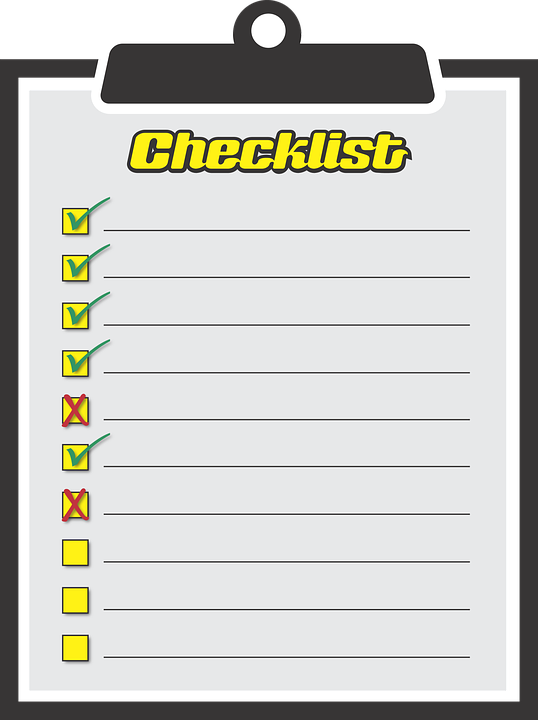 34. Heavy furniture first. Load all the heavy stuff first (like sofas, couches, armchairs, etc.) and then continue with lighter items. 35. Do the packing in layers. When you pack things that are different sizes, put the heaviest on the bottom and the lighter ones on top. Don’t forget about the cushioning. 36. Use sticky notes. You can put sticky notes saying that there are still things to pack in certain locations. Remove those notes when you’re done the packing. 38. Completely pack everything. You know that there might be small items that “will go in the car.” No. Pack them too. Because they’ll eventually start stacking up and you won’t be able to fit them anywhere. 38. Pack like you’re going on a trip. You’ll need clothes to wear for the first couple of days after you’ve moved in and haven’t completely unpacked yet. So have a separate bag with clothes you’ll wear right away.
34. Heavy furniture first. Load all the heavy stuff first (like sofas, couches, armchairs, etc.) and then continue with lighter items. 35. Do the packing in layers. When you pack things that are different sizes, put the heaviest on the bottom and the lighter ones on top. Don’t forget about the cushioning. 36. Use sticky notes. You can put sticky notes saying that there are still things to pack in certain locations. Remove those notes when you’re done the packing. 38. Completely pack everything. You know that there might be small items that “will go in the car.” No. Pack them too. Because they’ll eventually start stacking up and you won’t be able to fit them anywhere. 38. Pack like you’re going on a trip. You’ll need clothes to wear for the first couple of days after you’ve moved in and haven’t completely unpacked yet. So have a separate bag with clothes you’ll wear right away. 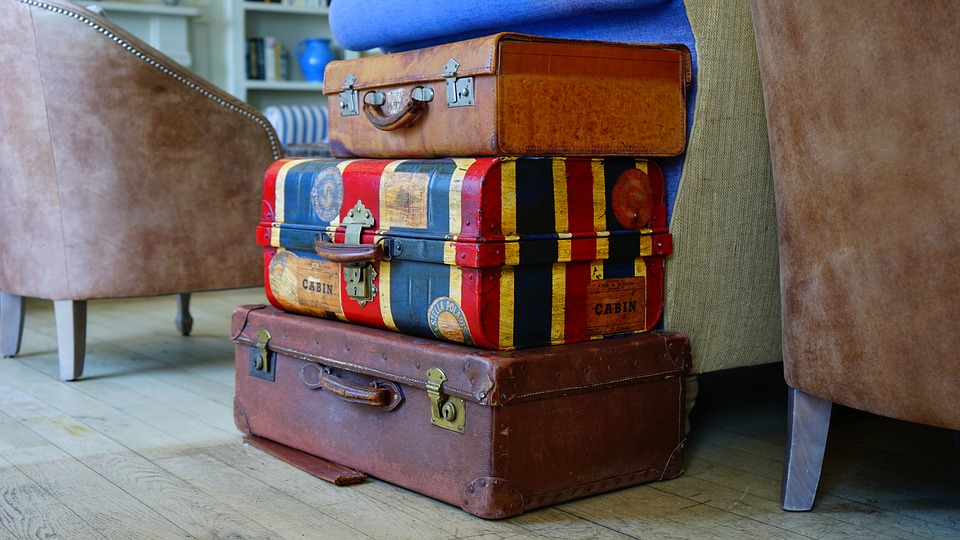 39. Shower caps for shoes. Pack your shoes into shower caps and you won’t get your clothes dirty when packing everything together. 40. Protect your cosmetics. If you have cosmetics that can break (powder, for instance), use a cotton pad or cotton ball to prevent it from breaking. 41. Try to use boxes of the same approximate size. Have three different box sizes for options. It’ll be easier to stack them this way, compared to a bunch of boxes that are all different sizes. 42. Have extra padding. Make moving pads or extra paper padding for wood and metal furniture. Especially for their corners and legs. This will protect the items from being damaged. 43. Custom packaging for art. If you’re moving pricey art pieces, it’s better to have them in individual crates to keep them safe. 44. Pack the boxes tight. Don’t leave empty spaces in your boxes. If they feel loose or unbalanced, they may shift or tip over. And it may cause damage to the contents of the box or the other items. 45. Pay attention to old boxes. If you use boxes that aren’t new, make sure that they’re clean and tough enough. You want all your belongings to be safe, right? 46. Blankets to protect the furniture. This one goes closely with the moving tips described earlier. You can use old blankets as extra padding to protect your furniture. You’ll also save space because you won’t have to pack them. 47. Stack boxes the right way. Remember the moving tip telling you to pack heavy items in the box first? This is correct of the boxes too. Load the heavy boxes first and top them with lighter ones.
39. Shower caps for shoes. Pack your shoes into shower caps and you won’t get your clothes dirty when packing everything together. 40. Protect your cosmetics. If you have cosmetics that can break (powder, for instance), use a cotton pad or cotton ball to prevent it from breaking. 41. Try to use boxes of the same approximate size. Have three different box sizes for options. It’ll be easier to stack them this way, compared to a bunch of boxes that are all different sizes. 42. Have extra padding. Make moving pads or extra paper padding for wood and metal furniture. Especially for their corners and legs. This will protect the items from being damaged. 43. Custom packaging for art. If you’re moving pricey art pieces, it’s better to have them in individual crates to keep them safe. 44. Pack the boxes tight. Don’t leave empty spaces in your boxes. If they feel loose or unbalanced, they may shift or tip over. And it may cause damage to the contents of the box or the other items. 45. Pay attention to old boxes. If you use boxes that aren’t new, make sure that they’re clean and tough enough. You want all your belongings to be safe, right? 46. Blankets to protect the furniture. This one goes closely with the moving tips described earlier. You can use old blankets as extra padding to protect your furniture. You’ll also save space because you won’t have to pack them. 47. Stack boxes the right way. Remember the moving tip telling you to pack heavy items in the box first? This is correct of the boxes too. Load the heavy boxes first and top them with lighter ones. 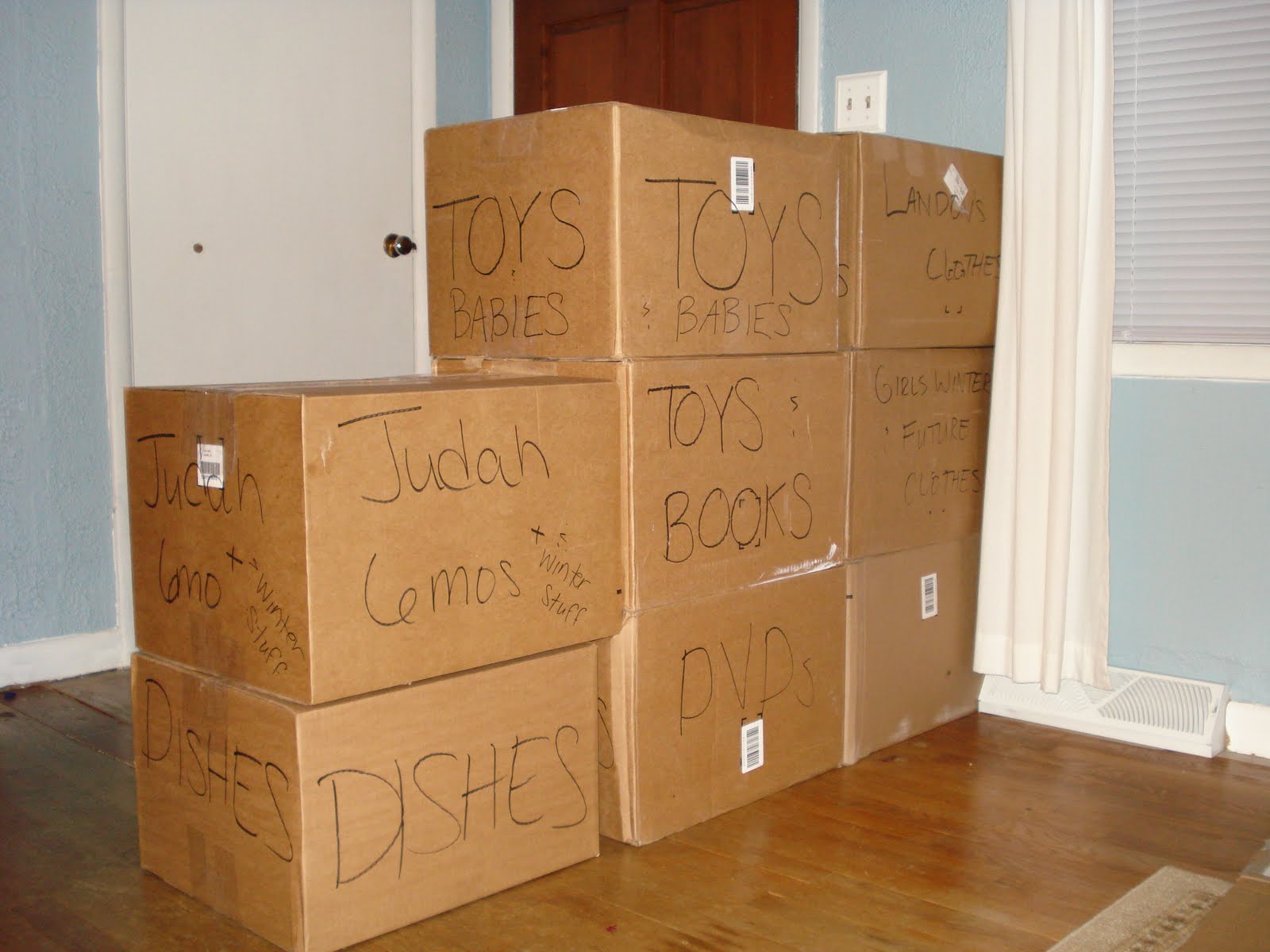 48. Boxes without tops are useless. They don’t provide the decent amount of security for your items, and it’s impossible to stack them. So don’t use the boxes without tops. 49. Be careful with breakables. Always pack and unpack the items that are easy to break over a padded surface. This will keep them safe in case you drop them.
48. Boxes without tops are useless. They don’t provide the decent amount of security for your items, and it’s impossible to stack them. So don’t use the boxes without tops. 49. Be careful with breakables. Always pack and unpack the items that are easy to break over a padded surface. This will keep them safe in case you drop them. Moving Tips and Tricks Part II: Moving Day!
50. Have the first-night box. It will most likely be hard to unpack everything the very first day you move in. So pack the most valuable belongings in one separate box to have them ready right away. 51. Have all the packing supplies available. Put all the things you'll need for packing in a separate box. This way you'll have everything at hand and won't have to run around the house, searching for a needed item. 52. Pack everything tight. Having all the items in boxes is not enough. Use your Tetris skills to load all the boxes as tight as possible so that they won't move around during the transportation. 53. Involve strategic thinking. This one goes with the previous tip. Lay all the boxes and items you've packed in front of you. This way it's going to be easier to decide in what order to load the truck. 54. Use a dolly. It’s worth spending the extra money because you’ll save more time instead. With a dolly, you’ll be able to stack up boxes easier. And you won’t overload your back carrying all those boxes around. 55. Babysitter for kids. It’s a good idea to keep your little kids away for the whole moving day because the moving itself is already very stressful. And you’ll do much better without having to deal with your little kids crying.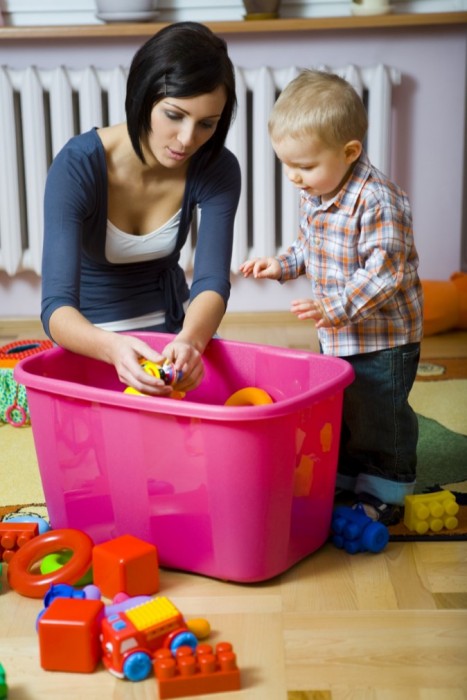 56. Find comfortable clothes to wear. This is way more important than you might think. Moving will be way easier if you feel comfortable in the clothes you wear. 57. Leave a space. Moving can turn into a mess pretty quickly with all the boxes lying around the house. Keep a so-called “no pack zone” where there’ll be no packages. This way you’ll know where the stuff you don’t want to be packed is. 58. Control the delivery. When unloading the truck, make a checklist of all the boxes to make sure you haven’t forgotten anything. 59. Choose the boss. Have one person to control the moving process. If there are multiple people telling what to do, everything will turn into a mess pretty quick. 60. Take breaks. Be sure to have a decent amount of rest when carrying all those boxes. Pacing is important, so take short breaks during the moving process. 61. Take care of your health. Consider moving as a workout routine. Warm up and don’t overload yourself. 62. Keep your pet away. Pets don’t like changes in the first place. So moving for them can be even more stressful than for you. Let your relatives take care of them while you’re in the process of moving.
56. Find comfortable clothes to wear. This is way more important than you might think. Moving will be way easier if you feel comfortable in the clothes you wear. 57. Leave a space. Moving can turn into a mess pretty quickly with all the boxes lying around the house. Keep a so-called “no pack zone” where there’ll be no packages. This way you’ll know where the stuff you don’t want to be packed is. 58. Control the delivery. When unloading the truck, make a checklist of all the boxes to make sure you haven’t forgotten anything. 59. Choose the boss. Have one person to control the moving process. If there are multiple people telling what to do, everything will turn into a mess pretty quick. 60. Take breaks. Be sure to have a decent amount of rest when carrying all those boxes. Pacing is important, so take short breaks during the moving process. 61. Take care of your health. Consider moving as a workout routine. Warm up and don’t overload yourself. 62. Keep your pet away. Pets don’t like changes in the first place. So moving for them can be even more stressful than for you. Let your relatives take care of them while you’re in the process of moving. 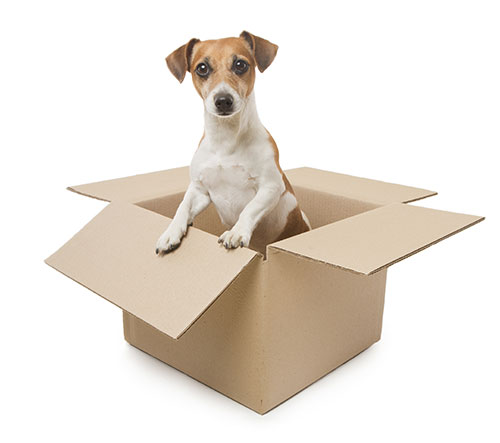 63. Think of the money. Of course, there’s a lot of spending involved in moving. So make sure that you have enough cash throughout the moving day. 64. Take care of snacks. Moving is very tiring and exhausting. Make sure to have snacks ready to fight hunger and provide yourself and everyone involved with energy.
63. Think of the money. Of course, there’s a lot of spending involved in moving. So make sure that you have enough cash throughout the moving day. 64. Take care of snacks. Moving is very tiring and exhausting. Make sure to have snacks ready to fight hunger and provide yourself and everyone involved with energy. Moving Tips and Tricks Part III: Hacks and Ideas
65. Defrost the refrigerator. It's always a good idea to plan your moving beforehand. Defrost, clean and dry your fridge to have it ready to go and to keep yourself from having to deal with a mess. 66. Put tape on mirrors. Masking tape on mirrors and glass in the form of an X won't keep them from breaking. But what it will do is absorb the shock and not let the glass fall out of the frame in case it falls or breaks. Accidents happen, and it's better to be ready for them. 67. Take a picture of your cords. Before disconnecting all the cords, take a quick pic of them. Not for good memories, but to manage them quicker when you set everything up in your new place. 68. Organize bolts and screws. Moving often means that you'll have to take your furniture apart. In order not to lose all the screws and bolts, tape them to the piece of furniture you've disassembled. Put them in a Ziploc bag for extra protection. 69. Plastic bins for seasonal items. If you have items that you use only once a year, it's better to store them in plastic containers in the first place. This will save you a lot of time during packing and will help you to manage your belongings with more efficiency.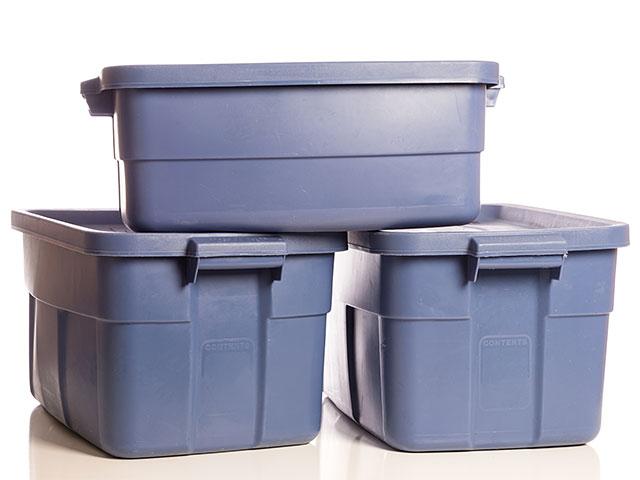 70. Drain gas & oil from gardening equipment. Safety first, so don't transport a lawnmower full of gas. Drain it out before loading up. 71. Make labels in bright colors. Plan the packing beforehand and make bright-colored labels manage all your stuff quickly when packing and unpacking it. You don't even have to write anything on each tag. Just use a so-called “moving key” to know which color label means what. 72. Colored duct tape! You know what? You can even find duct tape in different colors and use it for your “moving key” thing. No need to print out or write anything at all. 73. Rubber band to keep the doors open. You probably won’t be happy with having to turn the door knobs all the time while carrying boxes. Block the latch with a rubber band to make the moving easier. 74. First, set up the bed. You’ll agree that this is a good idea after a long day of moving in comes to an end. There’s nothing better than a good rest after a busy day.
70. Drain gas & oil from gardening equipment. Safety first, so don't transport a lawnmower full of gas. Drain it out before loading up. 71. Make labels in bright colors. Plan the packing beforehand and make bright-colored labels manage all your stuff quickly when packing and unpacking it. You don't even have to write anything on each tag. Just use a so-called “moving key” to know which color label means what. 72. Colored duct tape! You know what? You can even find duct tape in different colors and use it for your “moving key” thing. No need to print out or write anything at all. 73. Rubber band to keep the doors open. You probably won’t be happy with having to turn the door knobs all the time while carrying boxes. Block the latch with a rubber band to make the moving easier. 74. First, set up the bed. You’ll agree that this is a good idea after a long day of moving in comes to an end. There’s nothing better than a good rest after a busy day.  75. Pre-clean the kitchen and bathroom. You’ll probably also want to have a hearty dinner and a hot shower after the moving is done. To make that happen, you need to have your kitchen and bathroom ready. 76. Clean the house when you’re done the packing. There’s no need to clean the house when there’s still packing to do because you’ll get something dirty once again. Do the cleaning after you finish packing. 77. Ice to remove the dents. To remove the dents left from furniture, use ice. Put the ice cubes on the dents, let the ice melt and lift the fibers with a spoon. 78. Take care of picture frames. You can make your picture frames hang more firmly and prevent the walls from scuffing. Just glue pencil erasers to the back of the frame. 79. Develop a plan. Have a plan ready for all the packing and unpacking. You’ll know exactly what to do in advance. And you won’t have to spend time thinking about your next step in the moving process. 80. Do the mover's research. Compare prices, the services they provide, check their licenses and get referrals. All this research will help you to find movers that are the most suitable for you.
75. Pre-clean the kitchen and bathroom. You’ll probably also want to have a hearty dinner and a hot shower after the moving is done. To make that happen, you need to have your kitchen and bathroom ready. 76. Clean the house when you’re done the packing. There’s no need to clean the house when there’s still packing to do because you’ll get something dirty once again. Do the cleaning after you finish packing. 77. Ice to remove the dents. To remove the dents left from furniture, use ice. Put the ice cubes on the dents, let the ice melt and lift the fibers with a spoon. 78. Take care of picture frames. You can make your picture frames hang more firmly and prevent the walls from scuffing. Just glue pencil erasers to the back of the frame. 79. Develop a plan. Have a plan ready for all the packing and unpacking. You’ll know exactly what to do in advance. And you won’t have to spend time thinking about your next step in the moving process. 80. Do the mover's research. Compare prices, the services they provide, check their licenses and get referrals. All this research will help you to find movers that are the most suitable for you. 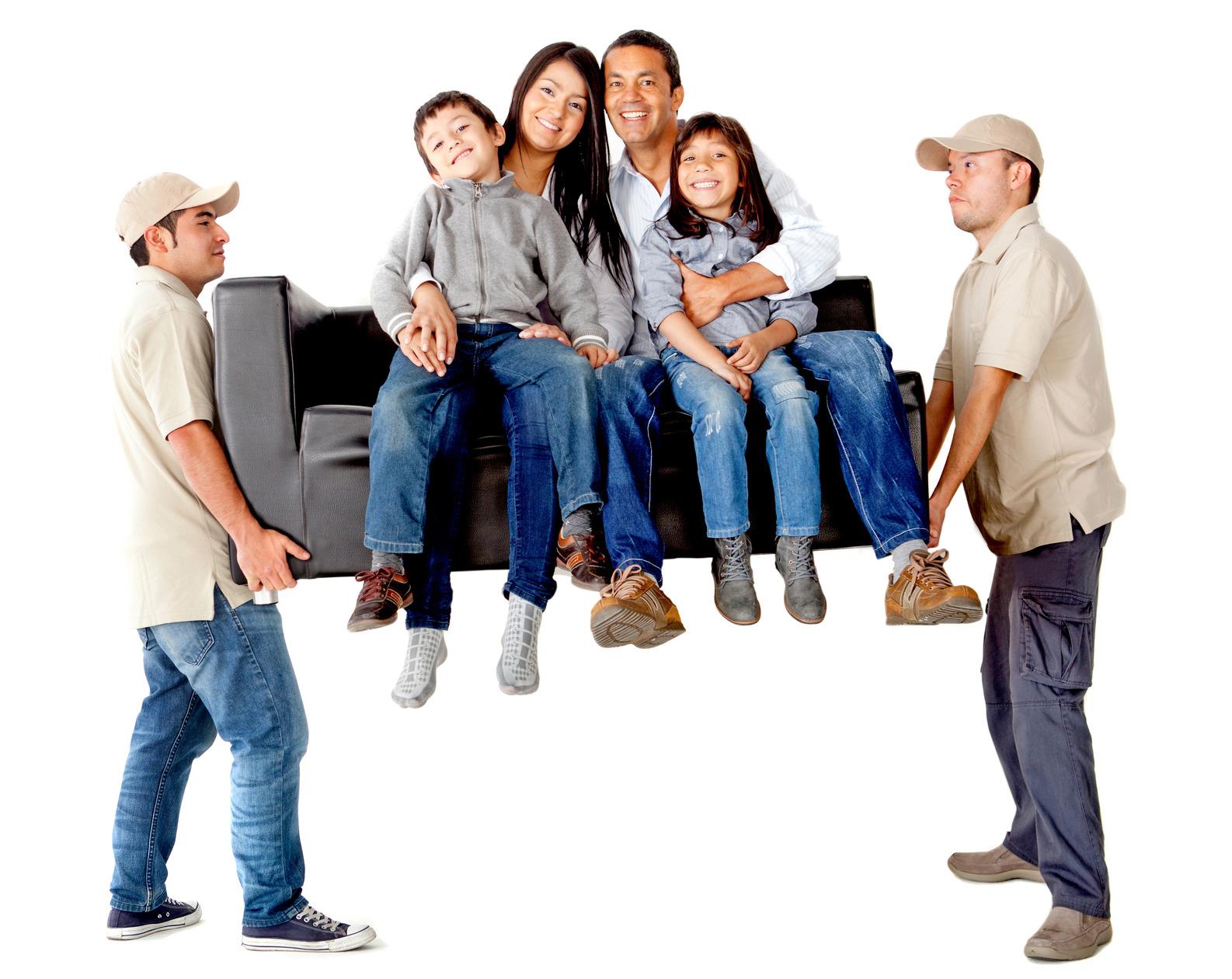 81. Mark, so you can see it. Use the thickest and the darkest markers you have to label your boxes. Otherwise (if you use pen or pencil), you won’t be able to see what you wrote even from a few feet. 82. Double labels. Put labels on the two broadest sides of the box. This will let you identify what’s in it even if the box is turned. 83. Have “extras” ready. Always have the items you might need “just in case.” These can be cords, power strips or light bulbs. Don’t go crazy, though, just pick the items that can be useful. 84. Plan the dinner in advance. Order the food for dinner, because you probably won’t have the time and desire for cooking right after you’ve moved in. 85. Limit yourself to buying groceries. Try to use most of the products you have before you move, so you won’t have to throw them away. If there are still products left, you can give them to your friends or relatives.
81. Mark, so you can see it. Use the thickest and the darkest markers you have to label your boxes. Otherwise (if you use pen or pencil), you won’t be able to see what you wrote even from a few feet. 82. Double labels. Put labels on the two broadest sides of the box. This will let you identify what’s in it even if the box is turned. 83. Have “extras” ready. Always have the items you might need “just in case.” These can be cords, power strips or light bulbs. Don’t go crazy, though, just pick the items that can be useful. 84. Plan the dinner in advance. Order the food for dinner, because you probably won’t have the time and desire for cooking right after you’ve moved in. 85. Limit yourself to buying groceries. Try to use most of the products you have before you move, so you won’t have to throw them away. If there are still products left, you can give them to your friends or relatives. 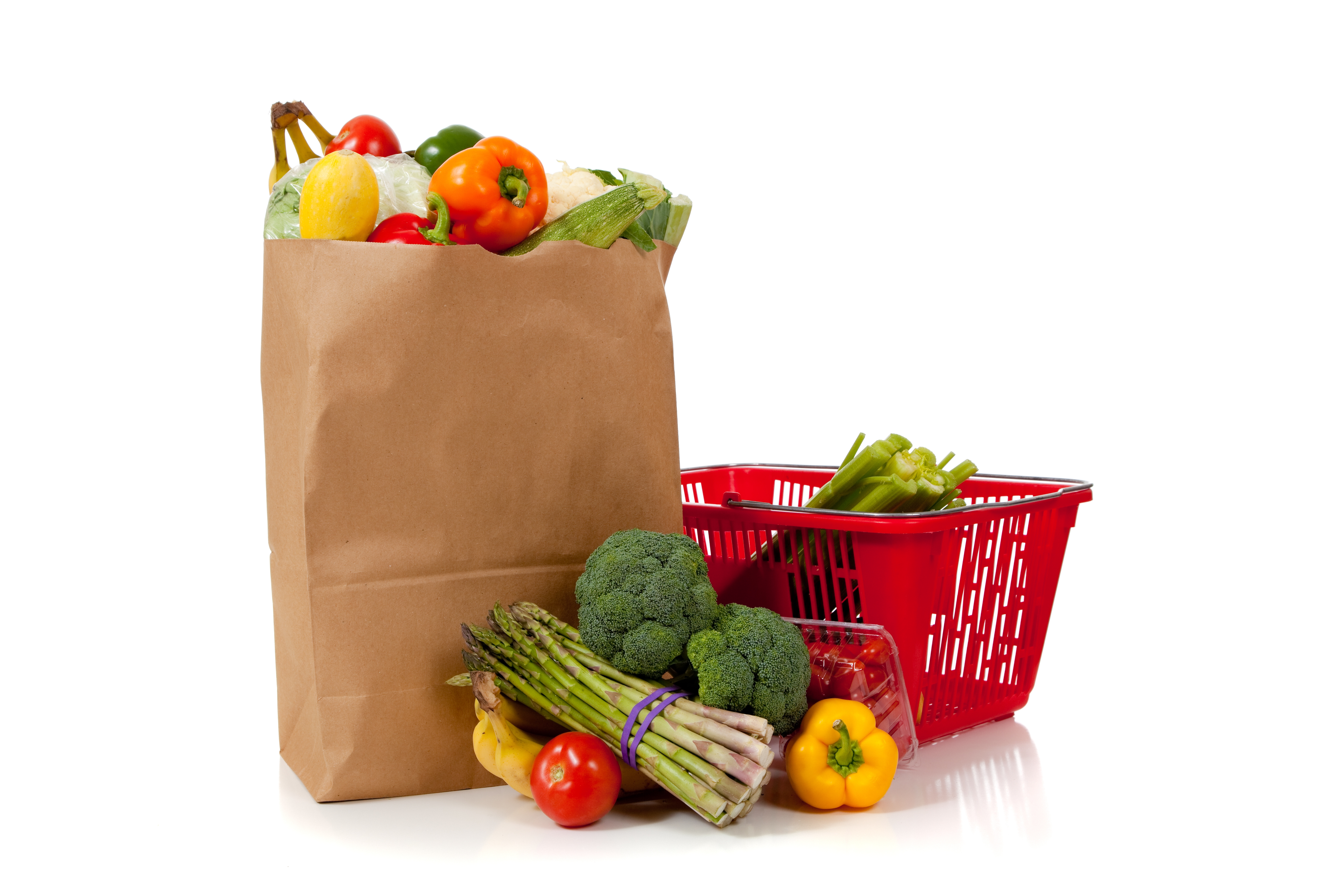 86. Copy the necessary documents. Have a separate package with copies of all the valuable papers. You certainly don’t want to move with only one copy of your important documents in case there’s an emergency. 87. Prepare the rooms. If you have enough time, adjust the door frames and wall corners to prevent them and your stuff from getting nicks and scratches. 88. Keep your path clear. Put all the boxes away (even if it’s temporary) to be able to walk freely around the house and continue with moving and unpacking the rest of your items. 89. Order a larger truck. Estimate how big of a truck you’ll need to fit all your belongings… and order a larger one. It may cost a little more, but it’s better than having a truck that can’t fit all your stuff. 90. Unpack quickly. You won’t have to look for particular items that can still be unpacked. Also, you’ll prevent yourself from simply forgetting about the things that you left in the boxes. 91. Don’t move the unneeded items. We all know about the boxes in the garage. If you’ve forgotten the last time you opened those boxes and you don’t even know what’s in there, you probably don’t need them.
86. Copy the necessary documents. Have a separate package with copies of all the valuable papers. You certainly don’t want to move with only one copy of your important documents in case there’s an emergency. 87. Prepare the rooms. If you have enough time, adjust the door frames and wall corners to prevent them and your stuff from getting nicks and scratches. 88. Keep your path clear. Put all the boxes away (even if it’s temporary) to be able to walk freely around the house and continue with moving and unpacking the rest of your items. 89. Order a larger truck. Estimate how big of a truck you’ll need to fit all your belongings… and order a larger one. It may cost a little more, but it’s better than having a truck that can’t fit all your stuff. 90. Unpack quickly. You won’t have to look for particular items that can still be unpacked. Also, you’ll prevent yourself from simply forgetting about the things that you left in the boxes. 91. Don’t move the unneeded items. We all know about the boxes in the garage. If you’ve forgotten the last time you opened those boxes and you don’t even know what’s in there, you probably don’t need them. 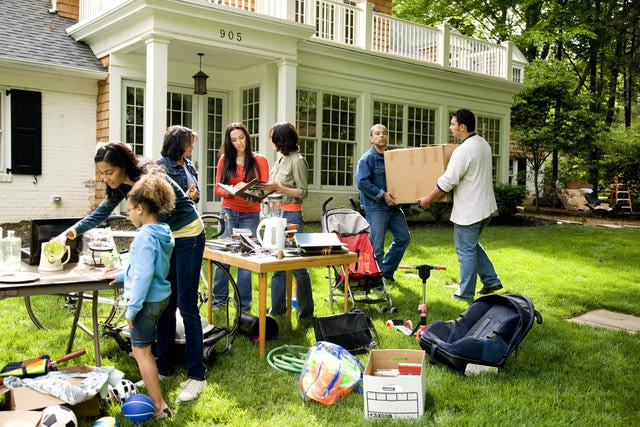 92. Clean the furniture. If your furniture wasn’t dirty when you loaded it into the truck, it probably will be when you unload it. So it’s better to dust it off a little bit before bringing it into the house. 93. Take the measurements. It’s always good to know the measurements of the new house if you want to enhance the interior. The items that looked good in your old house may not fit into your new home’s interior. 94. Keep your items safe. When loading the truck, don’t put the items that can potentially cause damage close to ones that are made of wood or fabric. 95. Have help. Leave one or two people with the truck. While others are carrying items, these people will be stacking them in the truck. 96. Backup the files. If you’re moving your laptop or computer too, be sure to backup all your important files. You might’ve taken all the precautions, but accidents still happen. And you need to be ready for that. 97. Avoid the garage. It’s a common thing to leave certain boxes in the garage to unpack them later. They usually end up staying unpacked there forever, so don’t do that. 98. Let everyone know about your new address. Tell them about your change of address at least about a week before you move.
92. Clean the furniture. If your furniture wasn’t dirty when you loaded it into the truck, it probably will be when you unload it. So it’s better to dust it off a little bit before bringing it into the house. 93. Take the measurements. It’s always good to know the measurements of the new house if you want to enhance the interior. The items that looked good in your old house may not fit into your new home’s interior. 94. Keep your items safe. When loading the truck, don’t put the items that can potentially cause damage close to ones that are made of wood or fabric. 95. Have help. Leave one or two people with the truck. While others are carrying items, these people will be stacking them in the truck. 96. Backup the files. If you’re moving your laptop or computer too, be sure to backup all your important files. You might’ve taken all the precautions, but accidents still happen. And you need to be ready for that. 97. Avoid the garage. It’s a common thing to leave certain boxes in the garage to unpack them later. They usually end up staying unpacked there forever, so don’t do that. 98. Let everyone know about your new address. Tell them about your change of address at least about a week before you move. 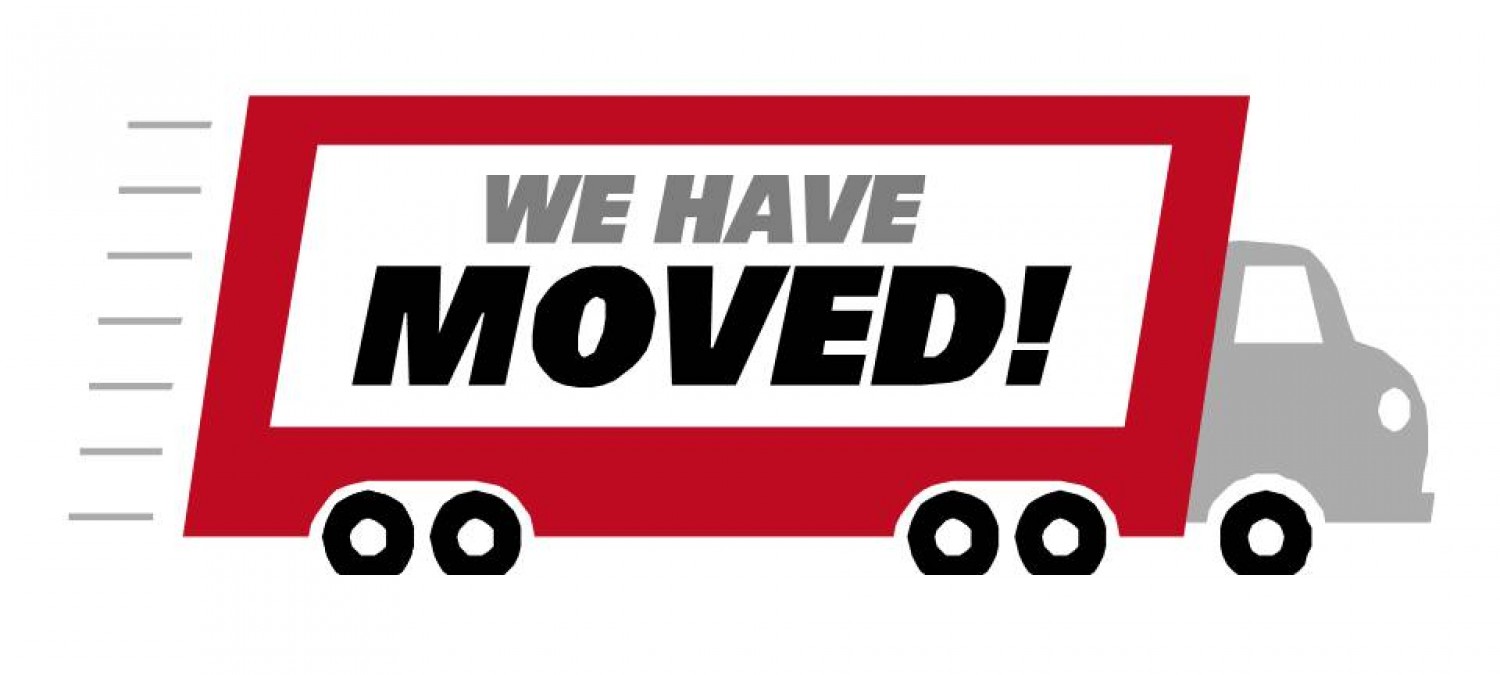 99. Disconnect all the services. Schedule the disconnection of the phone, cable and all the other services and utilities in advance. Nobody wants to pay for that if they don’t even use it anymore. 100. Talk to your children. Moving is stressful for children too. To make it easier for them, ask them about the things that they want to keep instead of just throwing those items away. 101. Make the reservation for movers in advance. It’s better to order the movers’ services 2 to 4 weeks before the day you want to move. What moving tips and tricks were the most helpful for you? Share them with your friends that plan to move to make this process easier for them too! Tell us about moving tips and tricks you use that we missed on this list.
99. Disconnect all the services. Schedule the disconnection of the phone, cable and all the other services and utilities in advance. Nobody wants to pay for that if they don’t even use it anymore. 100. Talk to your children. Moving is stressful for children too. To make it easier for them, ask them about the things that they want to keep instead of just throwing those items away. 101. Make the reservation for movers in advance. It’s better to order the movers’ services 2 to 4 weeks before the day you want to move. What moving tips and tricks were the most helpful for you? Share them with your friends that plan to move to make this process easier for them too! Tell us about moving tips and tricks you use that we missed on this list.
Subscribe to Upline Moving's Blog










